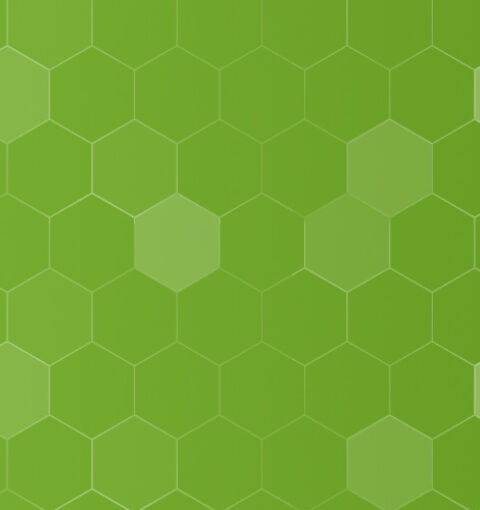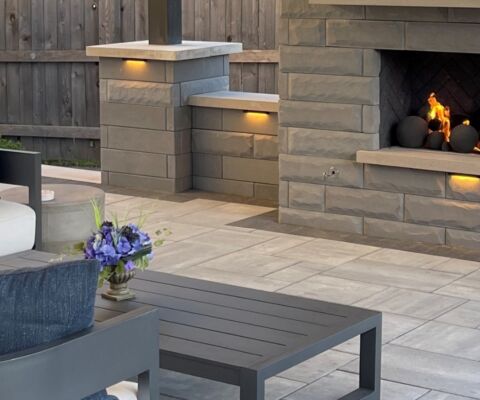February 19th, 2024
Connect Softscapes and Hardscapes in Your Landscape Design
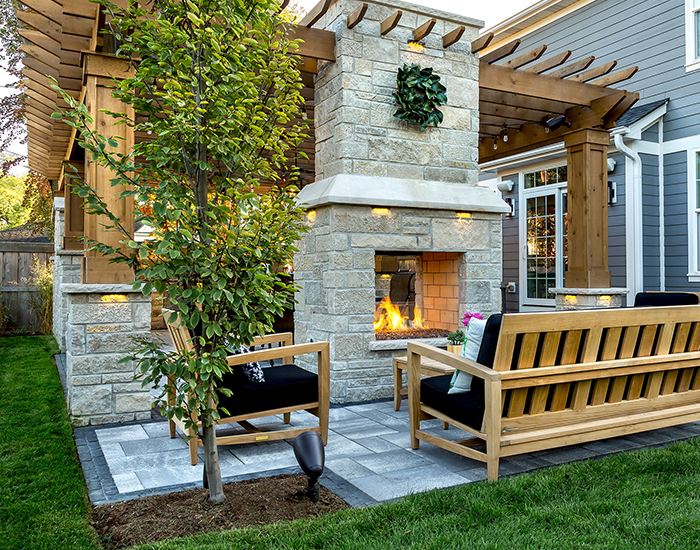
Complementary in nature, softscapes and hardscapes are two elements to consider when making a well-balanced cohesive landscape design. Softscapes can be identified as soft in texture, organic living organisms, known to bring aesthetic value and liveness to your yard. Conversely, hardscapes are characterized as solid, man-made and unchanging materials that are primarily used for permanent structural purposes. Having too much of one or the other can result in a home turning into a jungle or otherwise looking like a sterile commercial property. POE is here to assist you with the process of designing and coordinating a harmonious combination of both for the best possible curb appeal.
To begin your project, it is wise to start with installing your hardscape objects, which are crucial foundational pieces for the surrounding features. These will act as sufficient main focal points and provide both functionality and style.
Hardscapes consist of the following:
Patios and Deck
Paved or stoned, decks add a sophisticated touch and define areas of space for their specific use. These can be added as an extension of the inside of your home or adjacent to your backyard.
Driveways
Driveways tend to be pricey investments but have a significant impact on the exterior allure of a property. Paving products are plentiful and range from concrete (one of the most popularly used materials) to asphalt, brick or stone.
Walkways and Paths
Pavement is built from a multitude of constituents like brick, cement, limestone and gravel. The minimum installment spec for a footpath is four to six feet wide relative to its purpose. This measure is set to accommodate two people walking side by side or a wheelchair. Causeways provide a first impression of your home and add to overall neighborhood charm.
Once the hardscapes are in place, it's time to incorporate your botanicals. Since solids have a low absorption rate, grass and greenery will offset it by allowing for crucial yet effective water drainage. Aside from this necessary attribute, carefully planned softscape provides visual interest, spiritedness and makes a place pop with color.
Some characteristics of softscapes include:
Trees and Plants
A more permanent add-on to your landscape, trees like evergreens that change color through the seasons bring an array of enjoyable hues. For texture, groundcover and grass fill out the setting amid the hard elements.
Flowers and Gardens
Emerging with a burst of color, flowerbeds are a seasonal changing additive that can create an eye-catching draw. Vegetable gardens supply you with fresh produce and contribute to biodiversity.
Soil and Mulch
Soil is very important in allowing your plants to thrive. After choosing the appropriate bed, mulch is applied to retain moisture, enrich your garden and protect against weeds.
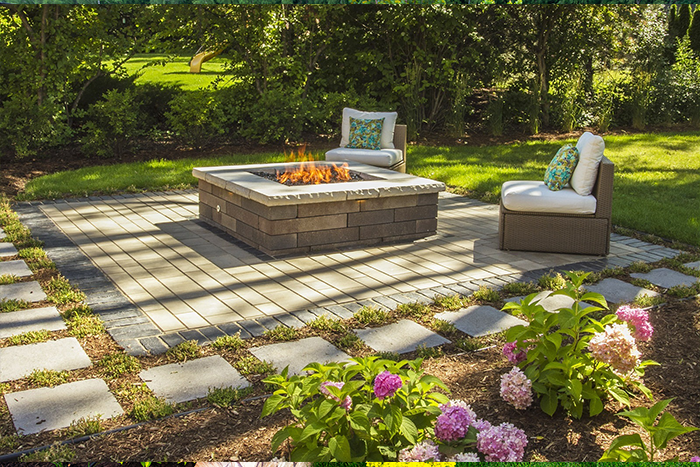
When people think of landscaping, often greenery is the first thing to come to mind. While these softscapes are essential, artifacts such as driveways, patios and other hardscapes are vital to pull everything together in harmony. Interplaying these factors balance function with beauty and achieve an agreeable unified result.
We put together a list of steps to follow when planning to execute your design.
- Begin designing with utility in mind – start with hardscapes.
- Soften your hard attributes by incorporating natural-feeling facets.
- Use the hardscapes to accentuate and highlight your foliage.
- Get creative when picking plants and accessories – play with color.
- Work with a professional landscape designer who can help you combine your style and needs.
POE provides top-notch products and services to help you become the envy of your town and get your dreams in motion. Check out our Landscape Design Services page if you would like assistance in your endeavors. We hope that our article gives you some ideas and an opportunity to reflect and visualize about how to achieve the most beautiful landscape in your neighborhood!


